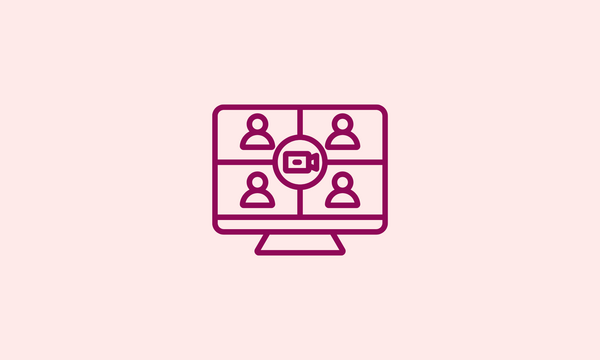
Webinar: How Does the Federal Budget Approach Digital Nation-Building?


Heshan Modaragamage
February 26, 2021
The Code for Canada fellowship program is no longer active. To learn more, visit our fellowship yearbook.
I served in the Royal Canadian Navy eight years to the day. I spent my days sailing big ships from the Arctic Circle to the Persian Gulf. Scaling the side of a tanker while wearing a full set of armour was just another day in the office!
Now I spend my days in meeting rooms watching PowerPoint presentations, thinking about how best to meet user needs or build buy-in with stakeholders. Being a product manager certainly brings its own challenges, but those cold-water Zodiacs are a thing of the past.
I left the military in 2014, and discovered that there is a drastic difference in the life of the service member after they take off the uniform. I went from being inside a disciplined organization with a rank structure and laws I had to abide by, to working for myself and making my own schedule. In my previous life I was always told what to do, where to go and how exactly to do it; even my medical and dental appointments were structured and often planned on my behalf. Perhaps if I had planned or researched more, things would have been different, but in retrospect, I wasn’t fully prepared for that type of life change. I’d be lying if I said I didn’t struggle at times.
The process of transition has changed a lot since I left the Navy. There’s new systems and more resources available to outgoing members. The Canadian Armed Forces (CAF) have begun modernizing transition, with services like My Transition Guide and The Digital Transition Centre (in development) -- but there’s definitely more work to be done.
Simply put, military transition is the process a service member takes at the end of their career in order to leave the military and return to civilian life. Navigating that change well requires extensive amounts of planning, preparation and access to resources.
It's crucial that we support members during transition because they have diverse skills, are disciplined and can make excellent contributions to employers and communities. Furthermore, they served our country and deserve a chance to live their best life beyond their service.
The Canadian Armed Forces Transition Group (CAF TG) is a relatively new organization within the Department of National Defence (DND). They’re tasked with improving the transition experience, making it more efficient and holistic so that members’ needs are met before, during and after transition. CAF TG has already done great work; they’ve established transition centres in bases across the country, reduced the time it takes members to access their pension or other benefits, and they’ve begun work on a Digital Transition Centre, a one-stop online shop for all things related to release.
And what’s really exciting for us is that CAF TG is exploring methods like agile development and UX research, and concepts like continuous delivery, so they can make the transition process more member-centered.
Nobody understands what a transitioning member needs more than a transitioning member. Depending on their experience in the military, and what their hopes and goals are after leaving, the sort of supports or services they need -- and even the ways they might access them -- can vary widely.
That’s why our fellowship team (including myself, UX designer Christina and developer Korhan) are making it a priority to focus on our users. We’ve started an in-depth discovery on the existing systems, policies, organizations, and processes involved in transition to find where we can improve the member experience.
We’re going to involve service members throughout design and development through a variety of research techniques like A-B testing, UX workshops, and more. And as we start to build things, we’re going to work iteratively, continuously improving our design and functionality based on the feedback we get from users. Our goal is to meet outgoing members where they’re at and create something that’s highly accessible, relevant and easy to use for them.
This is a humbling experience for me. When I was a military member going through the transition process, I never would have thought I would end up getting to be one of the people who reimagine the process, and help make it better. My own transition experience wasn’t the best -- but I know that the right set of supports and tools could have made it easier. So, I’m excited to close that loop and help the friends I still have in the Canadian Armed Forces transition into the life they deserve.
You're here to help residents, and we're here to help you. Interested in how to bring digital tools and skills into your department? No matter where you are on your digital government journey, learn more about how Code for Canada can support your work.
End of articles list